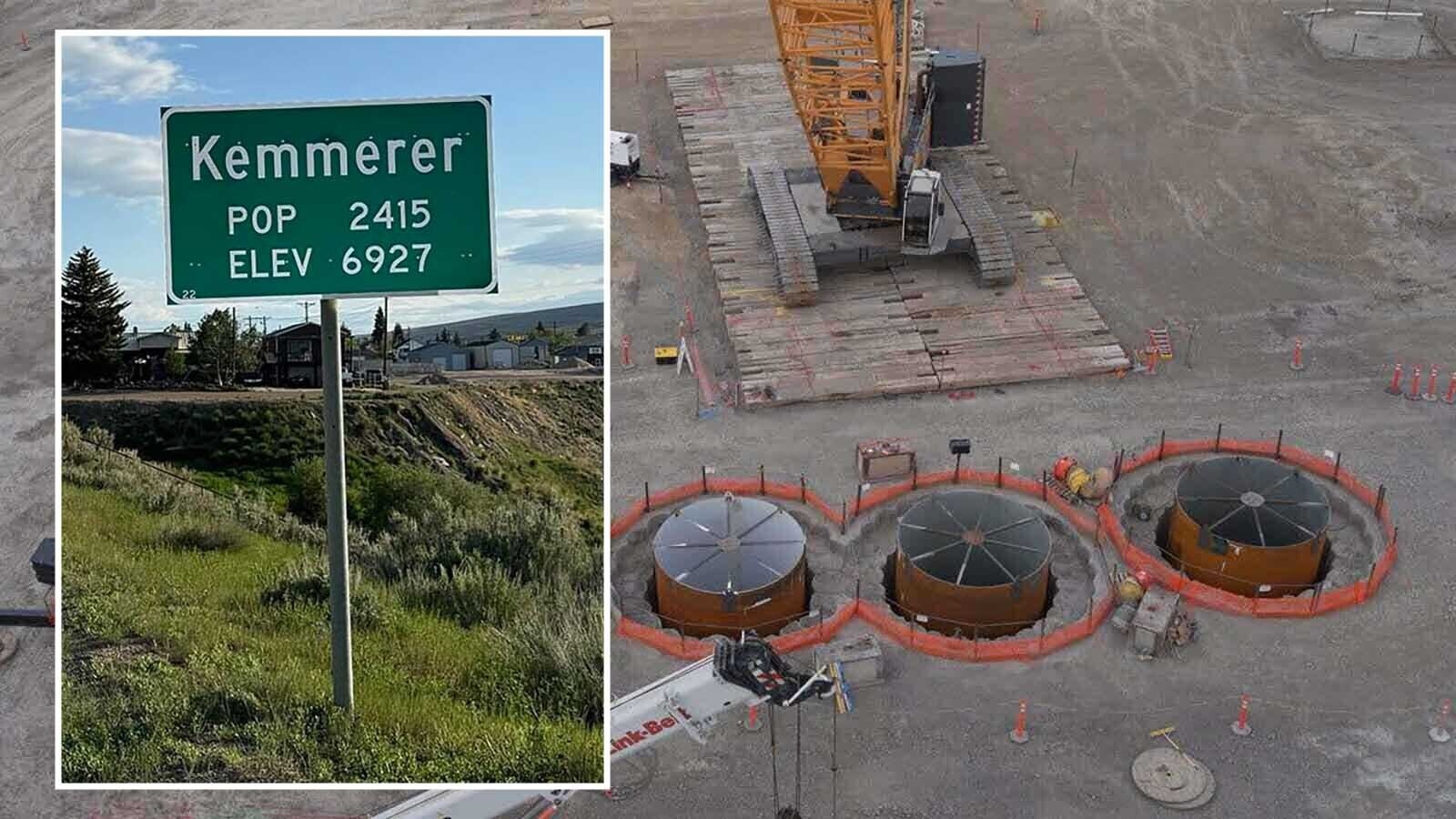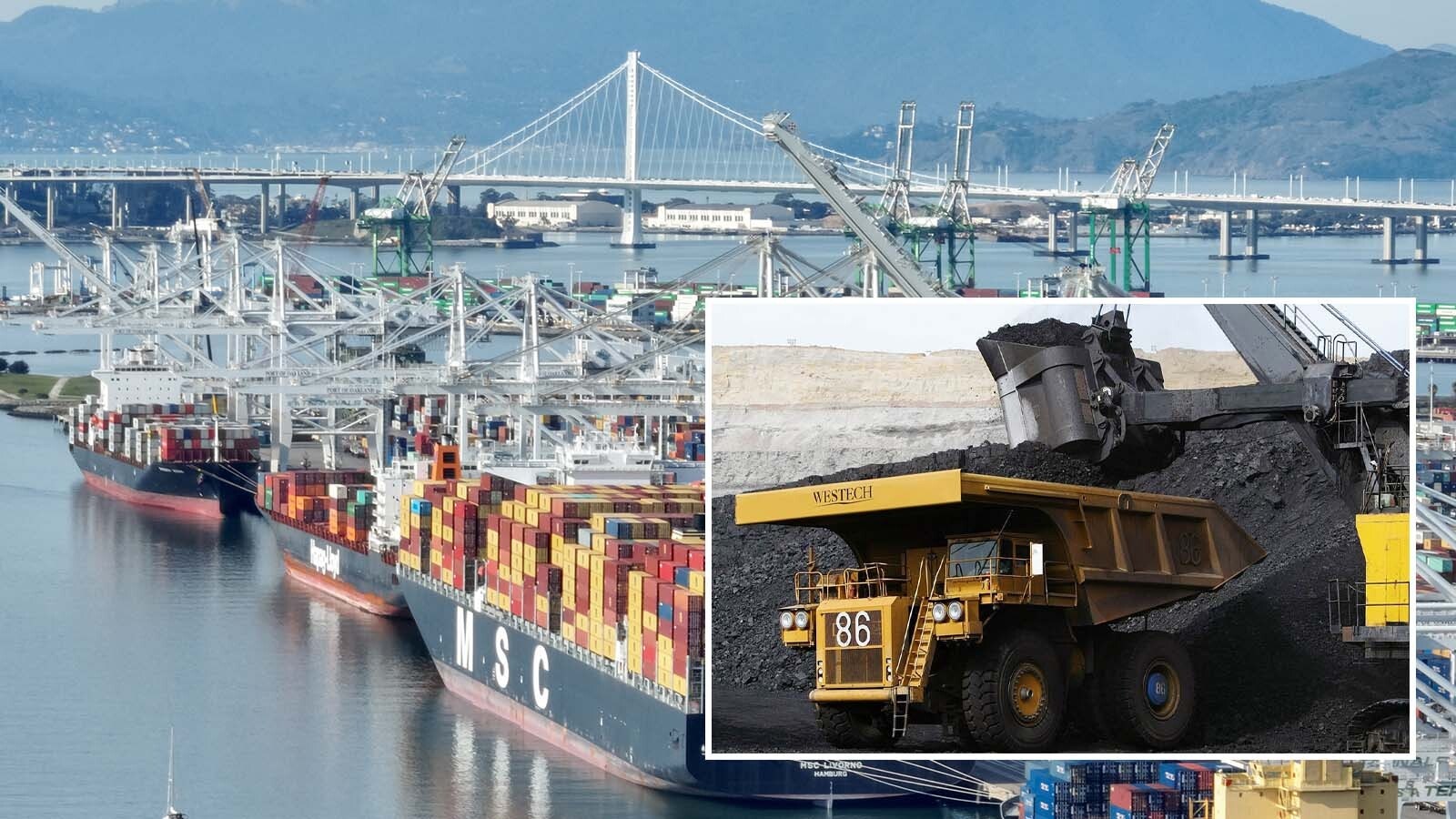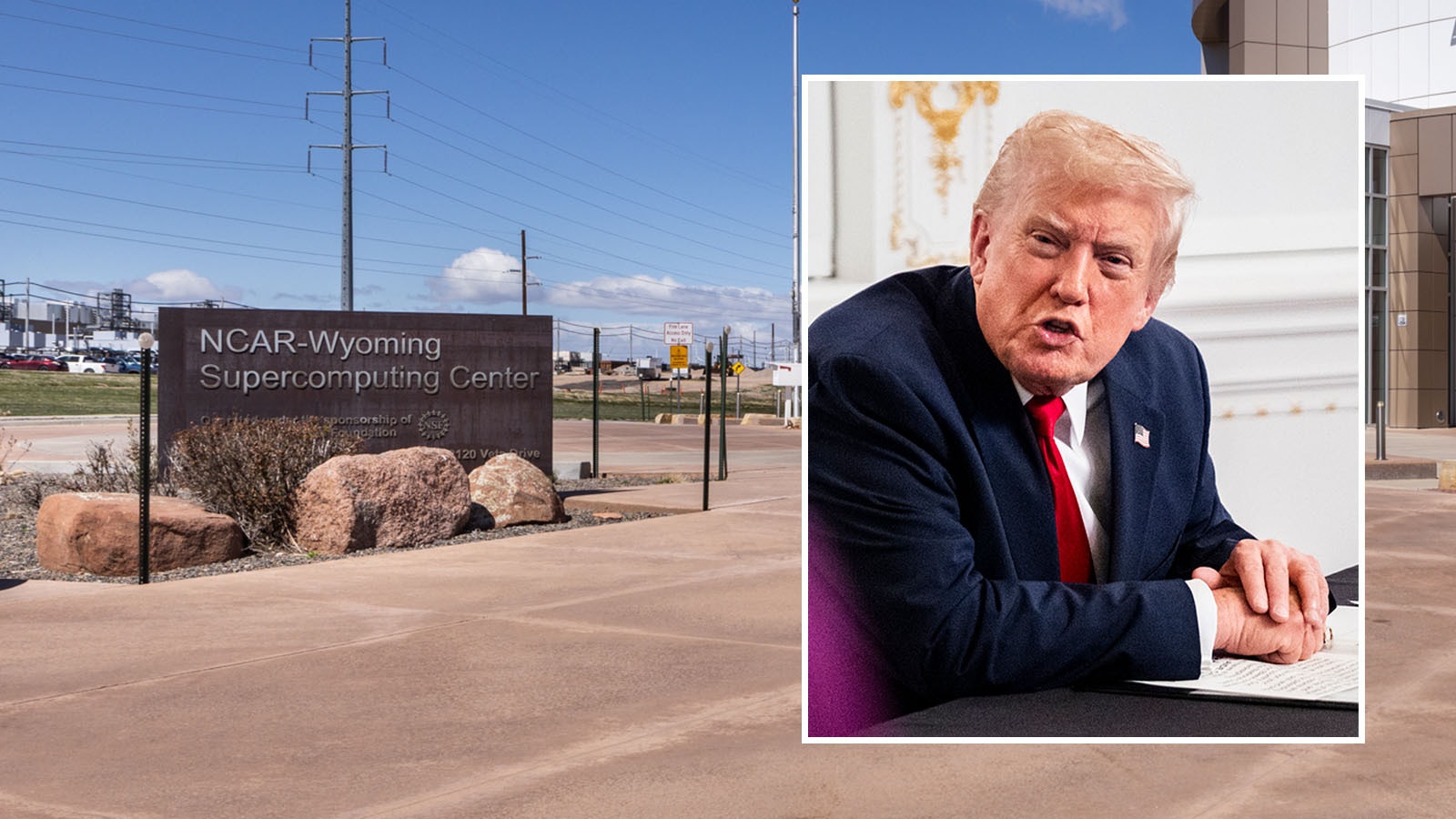Outside the little crossroads community of Birney, Montana, on the Tongue River is a test site run by the Wyoming-Montana Water Science Center.
A group of scientists with the center are testing whether or not naturally occurring underground microbes can stimulate natural gas production, supercharging it and possibly capturing carbon along the way.
The center, which is part of the U.S. Geological Survey’s energy resources program, recently announced encouraging results from tests using ground-up yeast and microbes to stimulate natural gas production.
“This is the first time we've really been able to show that the microorganisms in these coal beds are active and we're able to increase natural gas production by adding nutrients,” said Elliott Barnhart, a hydrologist and microbiologist with the Center.
“We took microbes out of the field, put them in the lab, and added different nutrients. We've tried several different things over the years,” Barnhart told Cowboy State Daily. “One is yeast extract, another is algae.
“With yeast extract it's like yeast cells that have been ground up like and then their body parts basically are what you feed to the other microbes.”
At the test site near Birney, Barnhart and his team showed, “That adding specific nutrients can speed up the decomposition of coal by microbes, causing them to produce natural gas much faster,” according to a USGS statement. “This process — known as biogenic natural gas enhancement — is a breakthrough that could expand natural gas reserves.
It also proclaims this “supercharging” the coal seams is “a breakthrough in energy production.”
“Researchers injected a small amount of yeast extract into a coal bed and tracked natural gas production over three years,” added the statement. “A peer-reviewed study showed that natural gas production more than doubled in response.”
Most of the work on the project has been in the Powder River Basin, Barnhart said, “Which extends far into Wyoming.”
“And we're starting to reach out to companies in Wyoming that are implementing some of these technologies,” he added.
Gassy Microbes
Barnhart said one of those companies is Cowboy Clean Fuels, a Denver-based clean energy startup developing a facility about 30 miles southwest of Gillette with $7.8 million in matching money from the Wyoming Energy Authority.
Cowboy Clean Fuels is working with the University of Wyoming’s Center for Biogenic Natural Gas Research to increase natural gas production using agricultural byproducts and microorganisms.
This process of microbes breaking down coal into natural gas is something locals in the Powder River Basin might not know about.
“I grew up in Eastern Montana and I never knew about it,” said Barnhart. “There's microorganisms slowly chewing on coal and they've been doing it for many, many years and just slowly making this natural gas.”
To capture the resulting microbial methane, nutrients are injected into seams of coal or shale with water.
Powered by these nutrients, microbes stimulate extra methane production, and this methane is then pumped to the surface for transport and use.
Michigan Example
In Michigan’s Antrim Basin, where natural gas is extracted from shale, Riverside Energy is injecting nutrients and seeing this kind of “biogenic natural gas enhancement” delivering a financial return.
The USGS estimates $63.9 million could be generated annually from an increase of 5,000 cubic feet (MCF) of natural gas per day per well at a conservative price of $3.50/MCF in the Antrim Shale formation.
This could save $760 million in the Antrim Basin if “marginal wells continue to produce natural gas longer, existing infrastructure remains operational, and costly well-plugging is avoided,” according to the USGS.
One goal of research into this process is the possibility of using microbes to both produce natural gas and capture carbon.
“Our research has shown that other nutrients from algae or cyanobacteria — organisms that actually sequester carbon dioxide while they're growing — can be used to then stimulate the microbes in the coal beds,” said Barnhart. “That aspect kind of creates almost a closed loop energy system.”
David Madison can be reached at david@cowboystatedaily.com.





